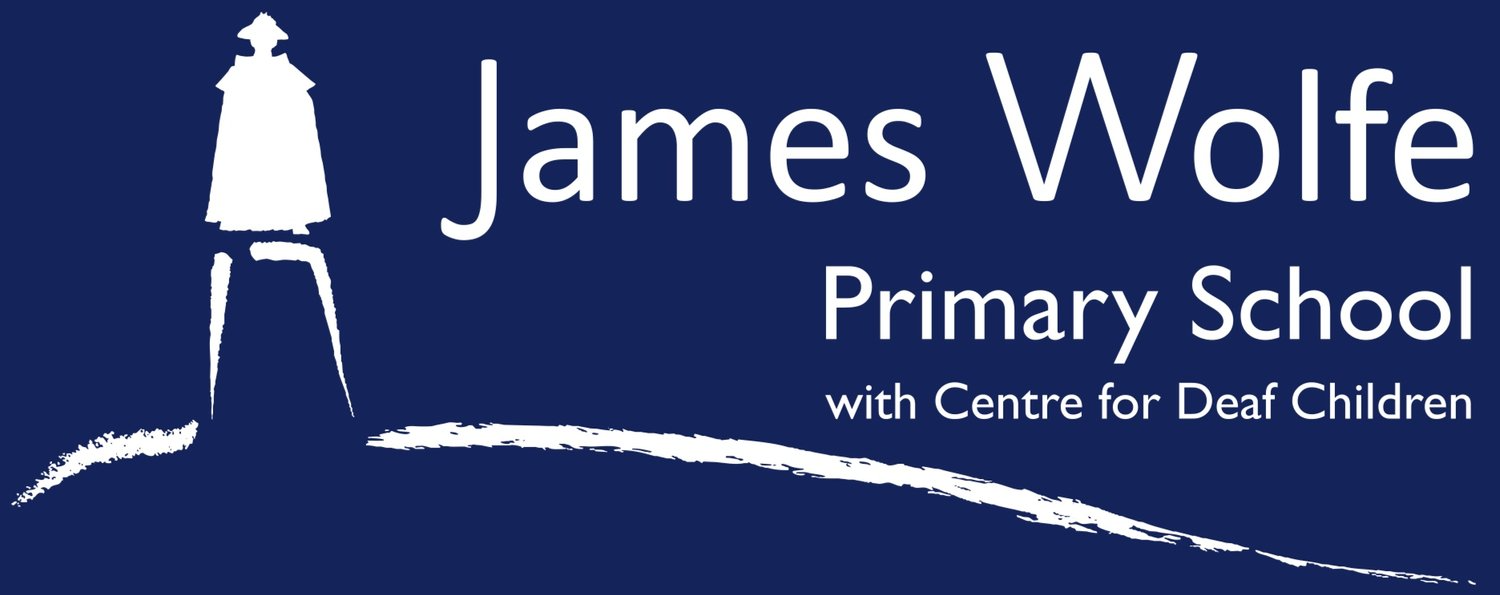Audiology and Aid Testing
Audiology
High quality audiology management across the school is vital as we are using a total communication philosophy.
Daily checks
All checks are conducted on the hearing aid/implant and then with the radio aid attached.
A visual check is also done to check for cracks, tears, physical issues that could stop the aid/implant from working optimally.
A listening check is carried out to hear the quality of the microphones, ensuring that the programming strategies in the hearing instrument are functioning correctly.
LING check: this is a functional check with the child wearing their hearing aids/implants.
The sounds are presented using live voice and the ling sounds cover the frequency range of speech: oo/ /mm/ /ah/ /sh/ /ss/ /ee/
We test detection - can the child detect the sounds?
Identification can the child identify which of the ling sound they have heard?
Production - can the child identify and then say the sound?
Half-termly checks
Electro acoustic checks - these are conducted at the start of each half-term. We use the FP45 test box to check the output of the hearing aid, BAHA or implant. The test box produces printed gain curves, these are kept on file and each time the child is upgraded or seen at clinic new ones are made.
The purpose of these curves is to give us a point of reference when the aid/implant was working optimally. Therefore if through any of our other checks that child is responding inconsistently or we are hearing distortion we can re-run the hearing aid/implant again and check that the output matches the original curve.
If it does not we know that there is an issue with the instrument’s programming and it needs to be repaired.
Radio aids, balancing and testing
Radio aids are the best way we can give our deaf children an auditory advantage. Classrooms can be noisy places and high quality access to sound is vital. We set up and verify each radio aid by using our test box to balance the hearing aid/implant with the radio aid system, this makes sure that the radio and the hearing aid/implant are working together optimally.
Each half-term the radio aids are checked to ensure that the hearing aid/implants are still working together, and if any adjustments should be made.
Understanding equipment and self-advocacy
It is an important part of personal development to be able to ask to have your needs met. Our deaf children are expected from a young age to take responsibility for their own equipment especially their radio aids. All staff encourage and foster the development of this skill and work hard to create an environment where deaf pupils can raise issues within classroom so that any issues with their equipment can be addressed quickly.
This includes:
Training of children to look after their own equipment
Cleaning and maintaining their own equipment
Changing batteries
Reporting strange/unusual sounds
Putting their own implants on or hearing aids in their ears
Use of the Personal Understanding Deafness programme to provide training about hearing loss, types of loss and, as children get older, their hearing loss and their own audiogram
Fostering a culture of confidence and acceptance across the school so children can feel safe to remind teachers if the radio aid is not working, switched off or muted
Ensuring that children and staff know how to troubleshoot aids/implant
We have excellent relationships with audiology clinics and hospitals across London, this ensures that we can contact clinics quickly in the event of any issues/concerns with hearing aids and get repairs or replacements in place quickly.
